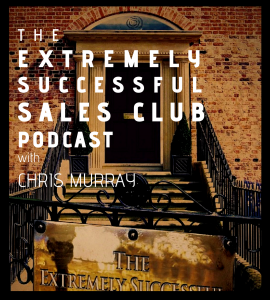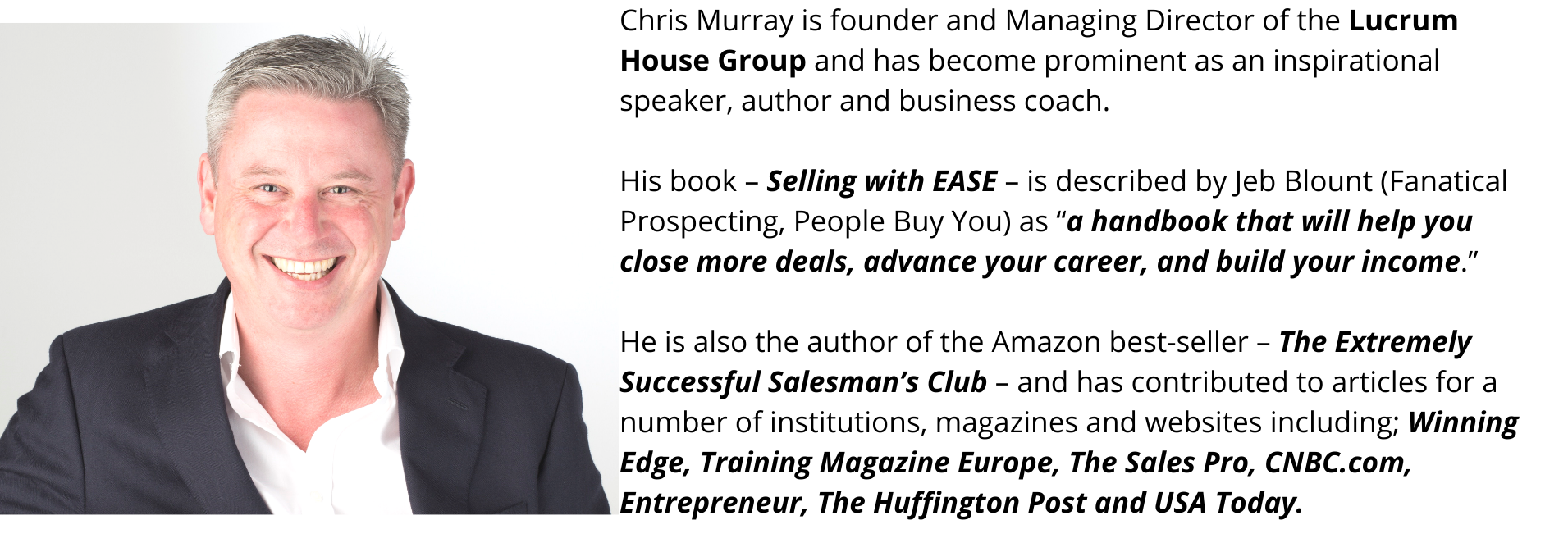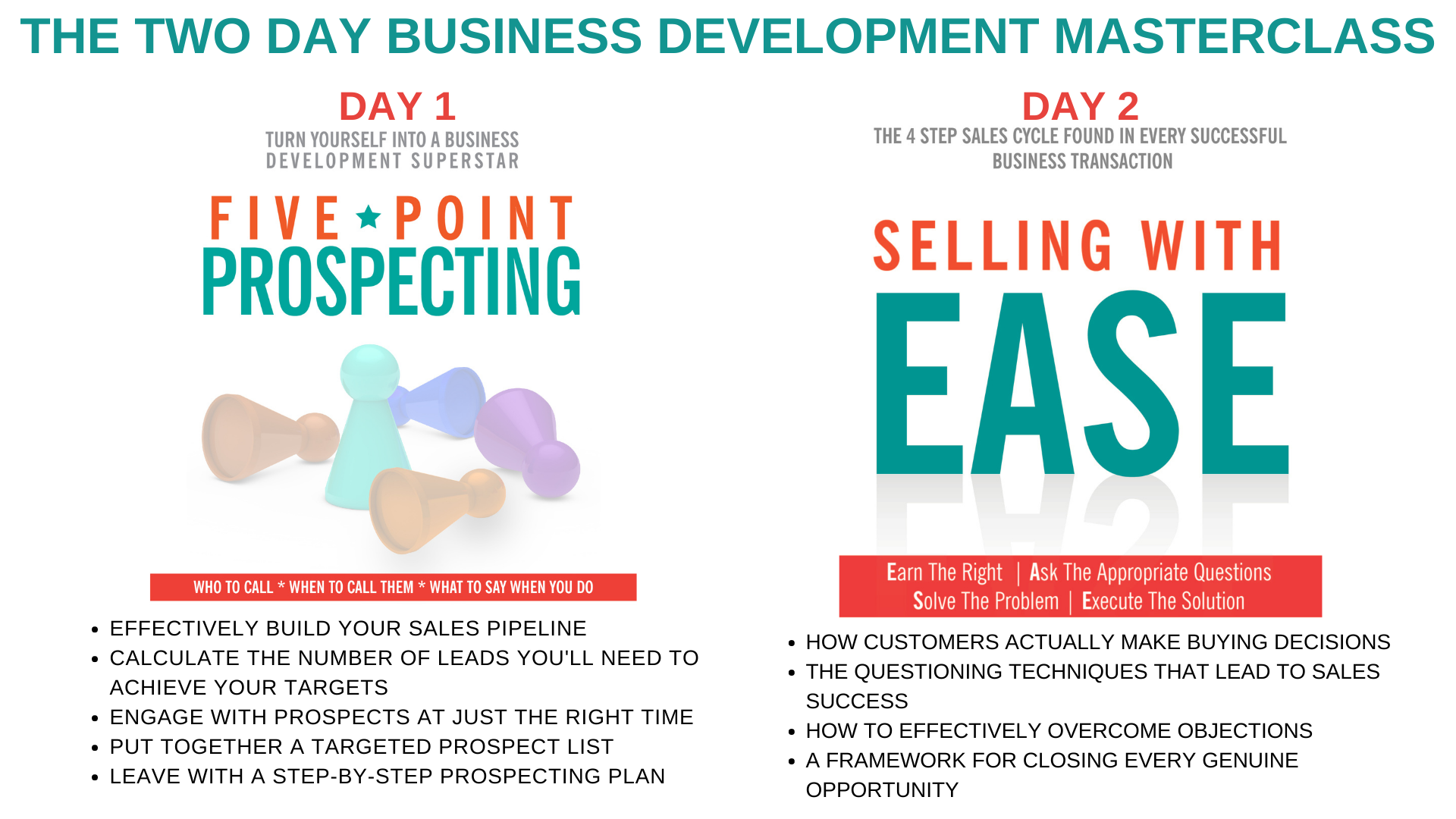5 Paths to Hitting Your Next Sales Target
 If you’re sales target is looking steeper than the north face of the Eiger – worry not my friend.
If you’re sales target is looking steeper than the north face of the Eiger – worry not my friend.
There are 5 business principles below that might very well hold the alchemy that will catapult you towards realising your goals.
Even if you or your team adopt only one of these principals – and execute it properly – you will start to see the difference in your results in a few short weeks.
#1; Don’t Mix Up Your Inputs with Your Output
Not everyone can recognise the benefits this delivers straight away – but it is one of the biggest drains on success in so many of the sales teams I work with – and can work wonders when corrected.
Let me start with a quick definition;
Your outputs are the desired end results of the implementation of your inputs.
For instance – if your target is $1,000,000 in turnover this year – then that is your desired end result.
Whatever turnover you achieve at the end of the year – that will be your output.
 The creation of that end result – everything that goes into getting you there – is an input.
The creation of that end result – everything that goes into getting you there – is an input.
- So – a hard day’s work is not output – that’s input.
- Driving to a customer meeting is not output – that’s input
- Sending the proposal is not output – that’s input
- Delivering the product or service is not output – that’s input
- And writing an article or posting social media for business is not output – that’s input too.
All those things go to deliver the output – the final result – the thing that appears at the end of the financial year, the thing that wasn’t there before you started – and the thing that all the shareholders actually want to achieve.
But if you start to believe that THE INPUT is THE WORK (the building of relationships, the creative process, the delivery), then you start fooling yourself that simply BEING BUSY is also enough.
But being busy was never the target – you started the journey trying to create a specific output.
You need to focus on the numbers to achieve or the company vision statement that you’re trying to live by – and then input into achieving those things everyday.
If you continuously move forward to a destination, you finish every day closer to arriving there – but the moving is not the target it’s just the action that gets us there.
Make sure you and your team never mix up their input with their output.
#2; Work Out How Much THAT New Customer Will Cost
By the way, when I talk about cost here – I’m including Time, Effort, Personal Development – and Money.
Some people look at a sales target and then budget time, money and effort – working out how much they think they’ve got available – and then set off to try and achieve the target.
If they don’t come out the other side with the prize – well, that’s just the way it goes – at least they tried.
 No, No, No – Do or Do Not – There is NO TRY.
No, No, No – Do or Do Not – There is NO TRY.
Ask these questions to make sure you’re DOING rather than simply trying;
How much time will you have to invest in winning this opportunity?
Do you have that much time?
If so, put that much time into it – cos if you don’t – well, uh, what were you hoping to achieve?
If you haven’t got that much time – go and find another opportunity that fits your time budget.
How much effort do you really want to invest in winning this opportunity?
Can you be that bothered?
If you can muster up that much energy and effort – GO ON – get going.
I f not, do the team a favour and give the job to someone who will.
f not, do the team a favour and give the job to someone who will.
How much personal development and change are you willing to embrace in order to win this opportunity?
Do you want it badly enough to challenge yourself to become more than you currently are?
If so, you’ve probably got some reading to catch up with – if you don’t, that’s OK – that just makes you part of the majority of the population.
Because here’s the thing – there is absolutely no point getting a hair’s breadth away from success just to give up because your budget – Time, Effort, Money – ran out.
As an example;
If the customer will have a lifetime profit value of – say – $1,000,000 and it takes $10,000 or $100,000 worth of Time, Effort and Money – then there might be a decent argument to say it was good value for money.
So before you come up with budgets that just share the available resources around;
Work Out How Much THAT New Customer Will Actually Cost
#3; Believe That Someone Really Needs Your Help
This isn’t simply believing that someone might want to buy the thing that you sell.
THIS IS BELIEVING THAT SOMEONE REALLY NEEDS YOUR HELP!
To do that – you have to work out how your product or service helps people – you have to work out why your involvement in the process will help someone – you have to ask existing customers how they feel that they were helped when you worked with them previously.
You must become evangelical about that belief – so that you never allow people to pass you by who really need your help.
Don’t let people miss out on your solution simply because they weren’t aware it existed.
And don’t let someone else guide them down a false path that looks like it leads to a solution, but actually doesn’t really help at all.
Truly believing (and understanding) that you are helping rather than selling
changes EVERYTHING with regards to customer interaction.
#4; Seek to Deliver Value and Trust
Everybody buys something – or employs someone – on the basis of perceived Value and Trust.
 It’s never just one or the other – it’s both of them combined.
It’s never just one or the other – it’s both of them combined.
As an example;
If you buy a leading brand of breakfast cereal you do so because you believe the value you are receiving is equal to the cost, while trusting that there will be consistency of quality from your previous experiences.
Alternatively, if you decide to buy an own label supermarket brand of breakfast cereal – then you do so because you believe the quality is at least adequate to your requirements and that the cost is extremely good value compared to your other choices.
Value and Trust
Same thing applies to nuclear submarines, bridges, kitchens, dentistry, shoes – EVERYTHING.
If you seek to build Value and Trust into every customer interaction and presentation – not only will you sell more – you will be aligning yourself with the conversation that’s actually going on inside your customer’s head.
#5; Learn to Work Harder on Yourself than You do on the Job
As the great Jim Rohn said so often – if you want to become truly successful;
You’ve got to learn to work harder on yourself than you do on your job
 Make this year the year that you do that for yourself – and it doesn’t even have to cost you anything.
Make this year the year that you do that for yourself – and it doesn’t even have to cost you anything.
There are loads of great people to follow out there, all posting incredibly helpful – free – material, including; articles, videos, email series, podcasts.
A few of my all time personal favourites include; Jeb Blount; Perry Marshall; Jeffrey Gitomer; Seth Godin; Mark Hunter; Jill Konrath and Lee Salz
Then there are the 3 people I refer to as my biggest influences, the BIG GUNS – sadly all three have now passed on – but their legacy and greatness is preserved across their wonderful books, videos and audio recordings. They are (in no particular order):
-
Stephen R. Covey
-
Jim Rohn
-
Zig Ziglar
All the above individuals could help change your life over the next 12 months – a large proportion of them certainly changed mine over the years.
My advice – hunt down the big three big first and consume as much of their teachings as you can – the internet is teeming with free videos featuring their sage-like advice and words of wisdom.
Then start to work your way across the rest of the list.
I promise you my friend – There is Gold to be Found in them there Mountains.
Because if you want to really breakthrough this year – you’ve just got to start working harder on yourself, than you do on your job.
With that in mind – I’ll leave you with a recent thought from the daily newsletter of one of the other great names up there – Seth Godin;
Failure exists to give you a chance; Because failure frightens people who care less than you do.
****************************************************
Next UK Sales Training Workshops
Interested in finding out more?
LONDON | MANCHESTER
(click on preferred city name for full details)




